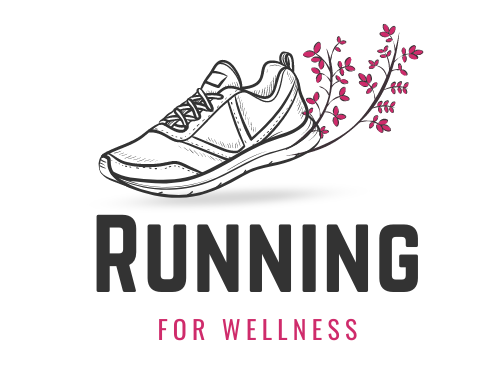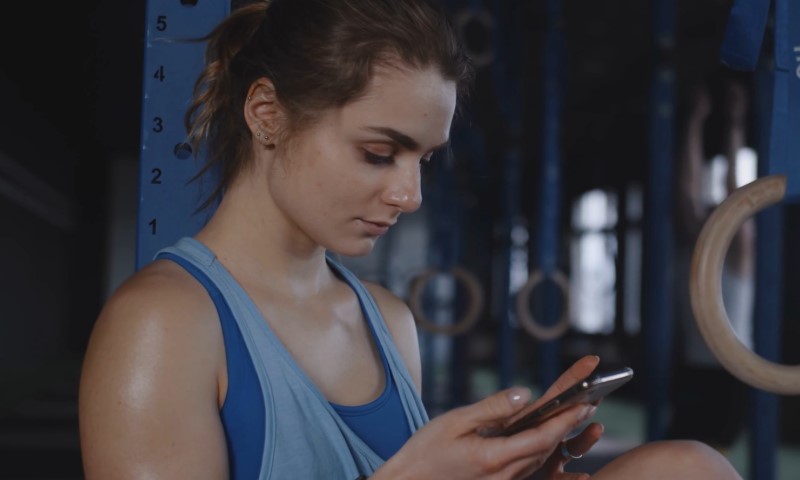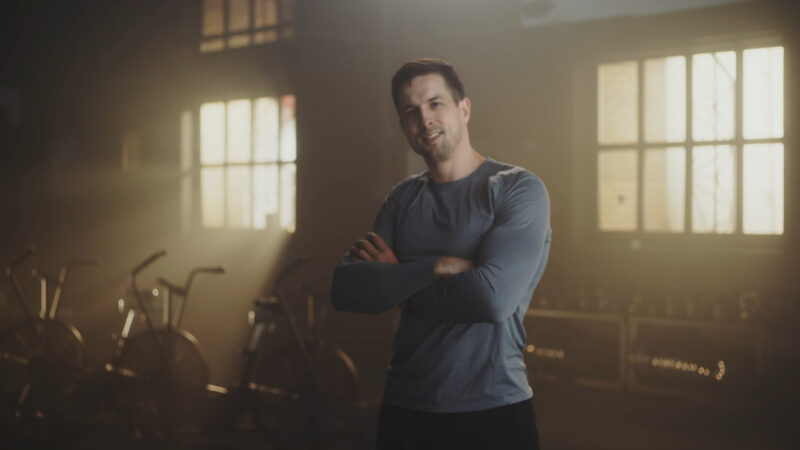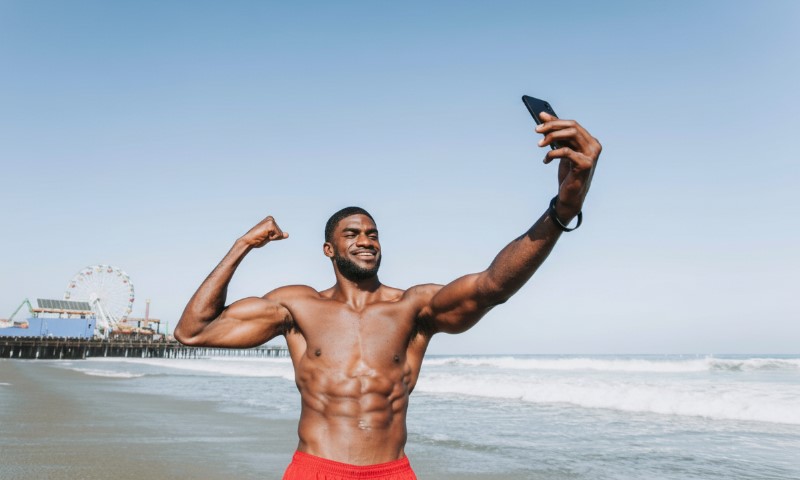Hybrid training routines are gaining momentum, with athletes blending strength workouts and cardio sessions into the same program.
That naturally raises the question: can one pair of shoes serve both purposes?
Some believe it saves time and money, but footwear designed for one discipline often fails to meet the demands of the other.
While it may be possible in light or casual training, experts, and even the best podiatrist, caution that using the same pair for both weightlifting and running often leads to injury risk and diminished performance.
Let us talk about this in greater detail.
Table of Contents
ToggleKey Differences Between Running Shoes and Weightlifting Shoes
Training footwear is not just about style; it directly influences how the body moves and performs under stress. Each shoe type is crafted for a specific function, and wearing the wrong one at the wrong time can limit progress or even lead to injury.
Recognizing these design differences helps athletes choose the right tool for the task.
Purpose-Specific Design
Running shoes are built with forward motion as the priority. Repetitive impact during runs requires a shoe that can absorb shock and minimize stress on joints.
Their cushioning helps runners maintain stride efficiency, while lightweight materials promote comfort over long sessions.
Weightlifting shoes take a different path. Instead of cushioning, stability is the main goal.
Firm soles keep the foot planted, wide toe boxes allow natural spreading of toes, and minimal padding ensures no loss of ground contact.
This design helps lifters maintain balance and deliver force efficiently during heavy squats, deadlifts, and Olympic movements.
Key design focus by activity:
- Running shoes: shock absorption, forward propulsion, comfort for repetition
- Weightlifting shoes: stability, force transfer, foot positioning for heavy loads
Construction & Materials
Running footwear often relies on soft foam midsoles that compress to cushion each stride. Many models include rocker-bottom structures to guide the foot smoothly through the gait cycle.
Heel-to-toe drops frequently exceed eight millimeters, creating propulsion but compromising stability under weight.
Weightlifting shoes flip these priorities. Soles are rigid and supportive, designed to resist compression under maximum load.
Powerlifting shoes typically feature flat soles for better ground contact, while
Olympic lifting shoes may include a raised heel to aid squat depth and posture. Reinforced sidewalls prevent foot collapse during lateral stress.
Construction highlights:
- Running shoes: foam midsoles, rocker shapes, high heel drop
- Weightlifting shoes: rigid soles, flat or raised heels, reinforced sides
What are the Risks when we Use them for Lifting?
@taralaferrara STOP wearing running shoes to lift. Plain and simple, a weightlifting shoe or flat soled shoe outperform a running shoe when it comes to weightlifting in every possible way. Running shoes should only be worn for conditioning work or cardio. If you aren’t doing any of those, then leave them at home. If you are doing those as well as lifting weights, then bring another pair of shoes to lift in. Let’s talk about three different variations of what you could use to lift. Weightlifting shoe: relevated heel (great for squats), stiff and inflexible, non-compressible soles, strong traction to ensure feet don’t slip, wide base for improved stability, metatarsal strap improves support and fit of shoe Flat Soled shoe (like Vans or Converse): thin, flat and compressive sole, snug fit, rubber bottoms ensure no slipping, provides support for “spreading the floor” Barefoot shoes or just lifting barefoot: minimal cushioning allows the ground to become an extension of the sole, allows for greater transfer of force, breathable, snug fit, does not provide any ankle support and may lead to injury if you don’t have optimal flexibility and mobility in the joints. A huge benefit to flat shoes or lifting shoes is the ability to activate more muscle and recruit more fibers. These shoes allow you to push through the floor much easier, which will allow you to produce more force during a lift. When you work out, especially during leg exercises you have to be driving through the heels. It is very hard to drive force through the heel in running shoes. The sole does not support that. Lifting shoes can help you to feel sturdier during heavy squats, deadlifts and any other free compound lift. Hope this helps you understand how useful it is to have shoes that benefit your training! #shoes #weightlifting #liftingshoes #strengthtraining #lift #tlmethod #tlteam
Lifting weights in running shoes may seem harmless, but the mechanical differences quickly reveal problems. Instability and energy loss during lifts are the two most concerning issues.
Instability and Injury Risk
Soft, compressible soles shift under heavy loads, turning lifts into balancing acts. An unstable base alters joint alignment and strains knees, hips, and lower back.
Rolling ankles or losing balance becomes more likely when moving laterally or performing dynamic lifts.
Over time, poor mechanics increase the chance of chronic pain or injury.
Reduced Performance
Performance suffers when energy leaks through the foam midsole instead of traveling upward into the barbell.
Limited toe splay inside narrow running shoes restricts force transfer, reducing power output.
Progression may stall, as lifters struggle to generate consistent strength on an unstable platform.
Risks of Using Lifting Shoes for Running
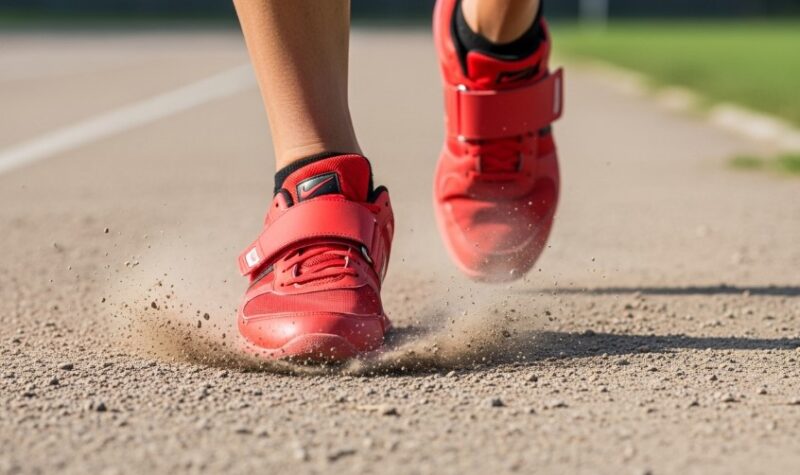
Using lifting shoes for running creates problems just as serious. Built for static stability, these lack features essential for repetitive, impact-heavy movements.
Rigid soles without shock absorption leave joints vulnerable. Impact is transferred directly to shins and tendons, raising the risk of shin splints, tendonitis, and even stress fractures.
Extra weight slows stride mechanics, forcing runners to exert more energy with each step.
Lack of breathability and flexibility adds discomfort, interfering with efficiency and endurance.
- Shin splints and tendon strain
- Increased risk of stress fractures
- Sluggish stride mechanics
- Reduced comfort due to heat and stiffness
When You Might Use One Shoe for Both
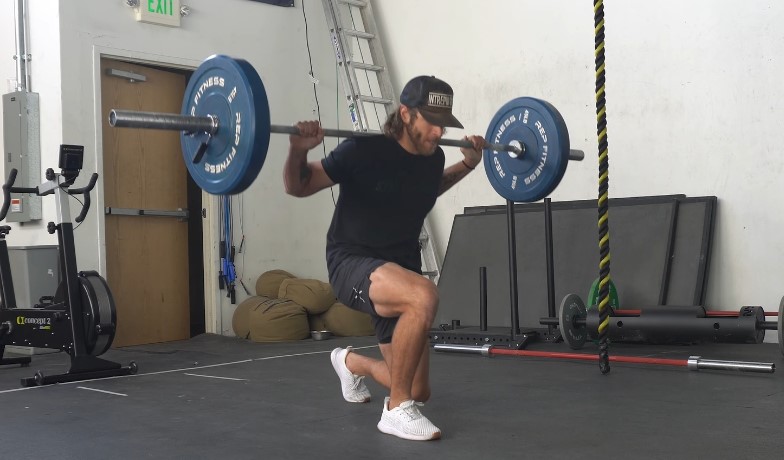
Not everyone can own multiple pairs of specialized footwear, and in some cases, one shoe may be acceptable. Context, training style, and workout intensity dictate how well this compromise works.
Light Training or Low-Volume Workouts
Short jogs before strength sessions can be managed with a single pair.
Minimalist footwear or general-purpose trainers provide enough cushioning for light cardio and enough stability for moderate weights.
However, they should not replace specialized shoes for long runs or maximum lifting attempts.
Cross-Training Shoes: A Compromise?
Cross-training models bridge the gap between running and lifting.
Brands such as Reebok and Nike design shoes with medium cushioning, durable outsoles, and lateral support, making them suitable for:
- HIIT
- Bootcamps
- Hybrid conditioning
They perform adequately across multiple disciplines but still fall short in long-distance running or high-level lifting.
- Moderate cushioning for short runs
- Lateral stability for agility drills
- Supportive structure for moderate weights
Types of Strength Training Shoes
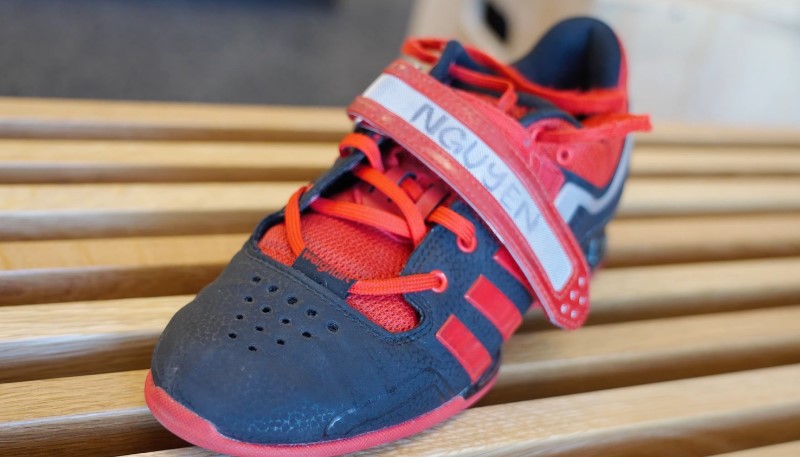
Strength athletes often gain the most progress when their footwear matches the demands of their training style.
Many lifters keep more than one pair and rotate them depending on the exercise at hand.
Cross-Trainers
Cross-trainers are the most versatile option for athletes who balance cardio, circuit training, and strength work in a single session.
They offer a blend of stability and cushioning, making them practical for mixed routines.
While they cannot handle extreme lifting loads as effectively as specialized shoes, they strike a balance for those who want one shoe for multiple movements.
To better understand their function, consider these features:
- Moderate cushioning to absorb impact during jumps or sprints
- Flexible soles that allow agility-based training and multidirectional movement
- Adequate support for moderate lifting without excessive compression
Olympic Weightlifting Shoes
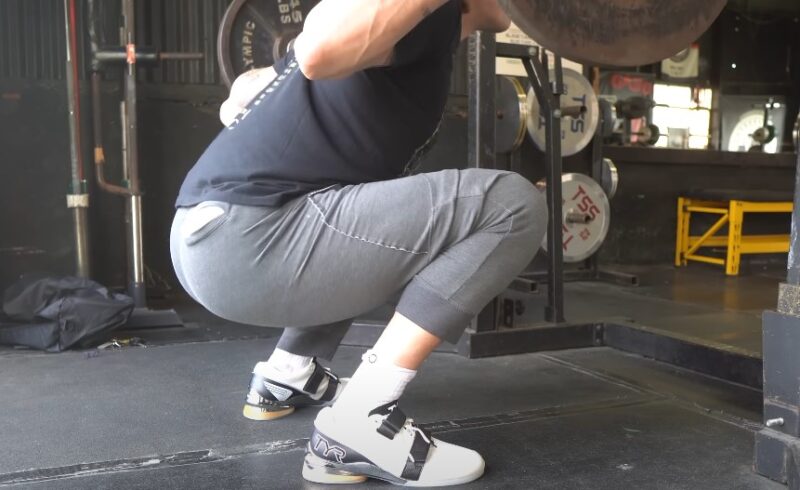
Olympic lifting demands technical precision, and footwear can make or break form.
Raised heels in these improve ankle mobility, helping lifters squat deeper while keeping the torso upright.
That design is critical during Olympic lifts, where body alignment directly influences success.
They are a favorite among serious lifters focused on cleans, jerks, and snatches.
Key attributes include:
- Elevated heel to increase squat depth and improve posture
- Solid, non-compressible soles for maximum stability under load
- Straps or lacing systems to lock the foot firmly in place
Powerlifting Shoes
Powerlifters prioritize ground contact and force transfer above all else. Flat soles on these shoes ensure no wasted energy escapes during heavy lifts.
They are especially valuable during deadlifts, but also useful for squats and bench setups where firm grounding is required.
Many lifters alternate between Olympic and powerlifting shoes depending on the lift.
- Completely flat sole for consistent foot-to-ground contact
- Dense construction that prevents compression under heavy loads
- Wide, stable base to enhance balance and control during maximal lifts
The Bottom Line
One pair of shoes cannot serve every purpose equally well.
Running and lifting demand different types of support, cushioning, and stability.
Athletes investing in proper footwear reduce injury risk and improve performance across both disciplines.
For those combining workouts, cross-trainers offer a practical compromise but remain limited in extreme situations.
Purpose-built shoes still provide the greatest benefits for serious runners and dedicated lifters alike.
Related Posts:
- How Can You Start a Career as a Running Coach?
- 25 Simple Running Motivation Tips To Get You Moving
- How Long Does It Take to Train for a Half Marathon?
- Lower Back Pain While Running? Here's What You Need to Know
- How Far Is a Half Marathon? Everything You Need to Know
- Should You Run on an Empty Stomach? Pros and Cons Explained
